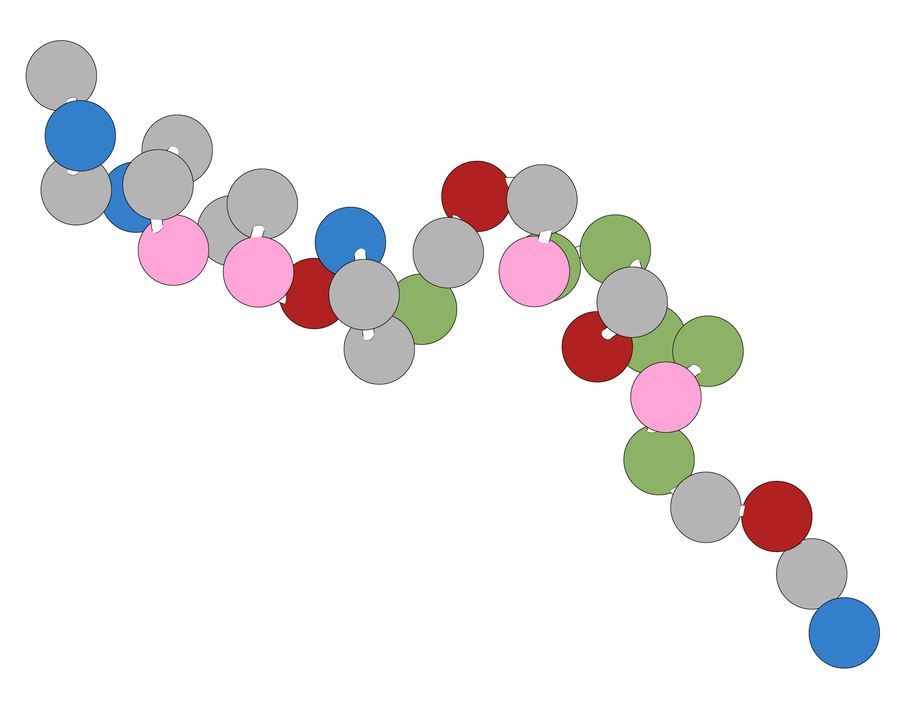GLP-1 Agonist Pop Quiz
Take a short break from the clinic and try 2 quick questions about the injectable gut hormone analogs.
©molekuul.be/Shutterstock.com

The pop-quiz questions are on unrelated aspects of GLP-1 receptor agonist therapy and the answers may add a new detail or 2 to your knoweldge of the class.
1. What is the effect of GLP-1 receptor agonists on non-alcoholic fatty liver disease (NAFLD)?
A. Improve NAFLD
B. Worsen NAFLD
D. Have no effect on NAFLD
E. The effect on NAFLD has not been studied
Please click here for answer, discussion, and Question 2.
Answer: A. Improve NAFLD.
GLP-1 agonists are currently being investigated as agents to treat NAFLD. In an animal model of NAFLD, in which rats were treated with the long-acting GLP-1 receptor agonist liraglutide, hepatic lipid accumulation was attenuated, inflammation decreased, and metabolic parameters improved. The biochemical mechanism underlying these effects is still being investigated. In this particular study, however, liraglutide therapy appeared to inactivate endoplasmic reticulum stress-associated apoptosis pathways. GLP-1 receptor agonists may therefore be a particularly attractive pharmacologic therapy in patients with diabetes who also have NAFLD, which worsens metabolic abnormalities and is an independent risk factor for adverse cardiovascular events.1
2. Guidelines on management of type 2 diabetes from the American Diabetes Association (ADA) and the American Association of Clinical Endocrinologists/American College of Endocrinology (AACE/ACE) recommend GLP-1 agonists as first line therapy for persons with an initial HbA1c ≤7.5%.A. True
B. False
Please click here for answer and discussion.
Answer: B. False.
Although the AACE/ACE guidelines recommend that GLP-1 agonists be used as the initial choice and as monotherapy in individuals with a HbA1c ≤7.5%,2 the ADA still recommends this class be used as second-line, adjunctive therapy in combination with metformin.3 In 2014, albiglutide (Tanzeum, GlaxoSmithKline) was approved as monotherapy in type 2 diabetes.4 With a half-life of 5 days, albiglutide is dosed once-weekly,5 making it a more convenient and attractive initial option compared to metformin, which may be dosed two to three times a day.
References:
1. Ao N, Yang J, Wang X, Du J. Glucagon-like peptide-1 (GLP-1) preserves non-alcoholic fatty liver disease (NAFLD) through inhibition of the endoplasmic reticulum (ER) stress-associated pathway. Hepatol Res. 2015 Jul 4. doi: 10.1111/hepr.12551.
2. Handelsman Y, Bloomgarden Z, Gruneberger G, et al. American Association of Clinical Endocrinologists and American College of Endocrinology – Clinical Practice Guidelines for Developing a Diabetes Mellitus Comprehensive Care Plan – 2015 Executive Summary. Endocr Pract.2015; 21:413-437.
3. American Diabetes Association. Professional Practice Committee. Standards of Medical Care in Diabetes – 2015. Diabetes Care. 2015;38(Suppl 1):S3. doi: 10.2337/dc15-S00.
4. Davis PN, Ndefo UA, Oliver A, Payton E. Albiglutide: A once-weekly glucagon-like peptide-1 receptor agonist for type 2 diabetes mellitus. Am J Health Syst Pharm. 2015;72:1097-1103. doi: 10.2146/ajhp140260.
5. Tanzeum [package insert]. Research Triangle Park, NJ. GlaxoSmithKline LLC; 2015.